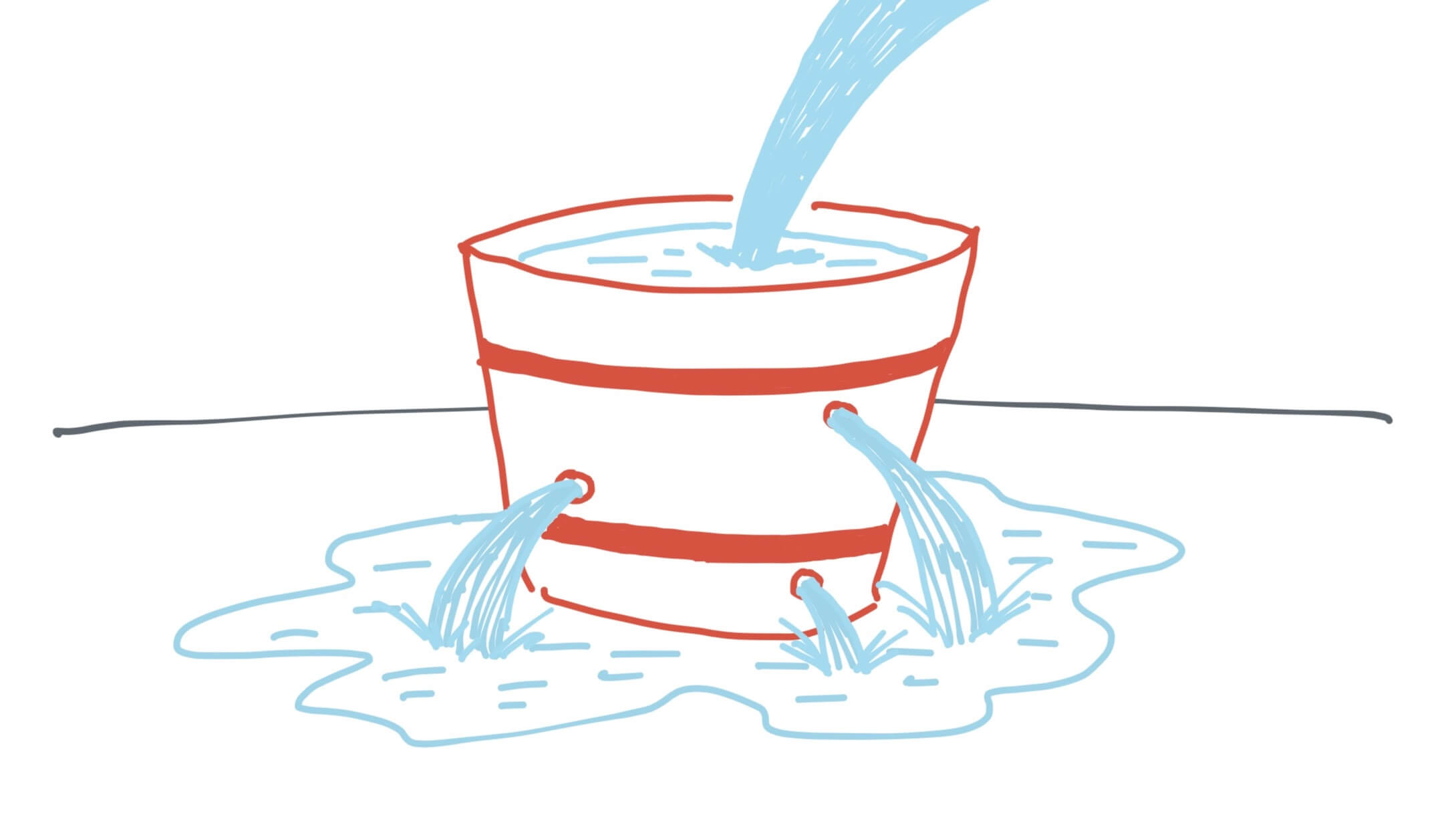Churn is a Company Problem
Customer success teams in SaaS are most closely associated with measuring and preventing churn in business, often even having compensation or performance metrics tied to churn rates.
We look to CS teams to identify churn early, but the project of reducing it isn’t only in their hands.

This piece from Kyle Poyar makes the case with examples of how other teams should be participating in retention. After all, churn is only a signal of something missing about your business — the support wasn’t there, the product didn’t solve a problem, the pricing model didn’t work for them.
It’s a good thing to remember that churn is not some isolated phenomenon; it’s lagging evidence of a missing link in your value chain. If a customer leaves because you’re missing an integration, that’s a product problem, but one discovered long before they cancel their plan. If they resist adding new seats and are looking for excuses to remove users, perhaps the pricing and packaging model is a wrong fit for the problem being solved. Maybe you pushed to hard on closing the deal and sold to a non-ideal buyer inside an otherwise ideal company.
All of the examples are levers that impact churn, some very directly, some as second- or third-order mechanisms.
Tracking your churn rates is step one to diagnosing where it’s coming from. Approaching churning (or even just stalling) customers with a jobs-to-be-done and pain identification objective should help uncover the deeper causes of churn you can do something about in teams other than customer success.